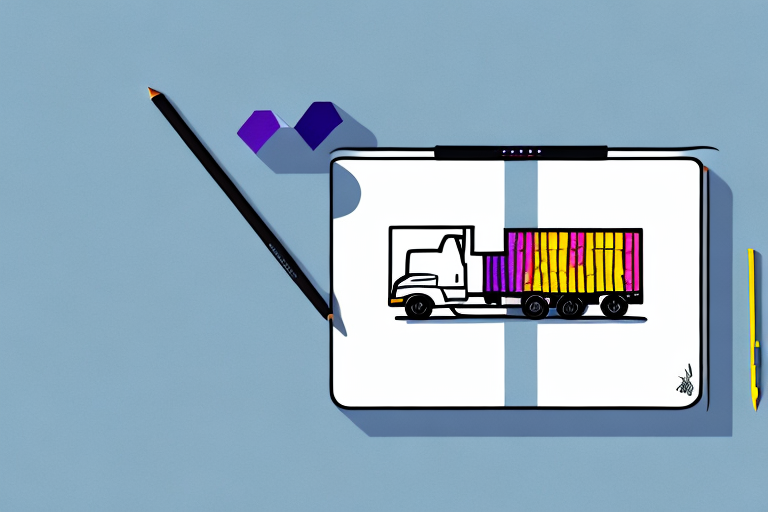Understanding FedEx's Direct Signature Required Service
When ordering online, selecting the right shipping option is crucial for ensuring your packages arrive safely and securely. Direct Signature Required is a premium delivery option offered by FedEx that provides an extra layer of security for your shipments. This article explores what Direct Signature Required entails, why FedEx implements this service, how it functions, and its benefits for both senders and recipients.
Why Does FedEx Use Direct Signature?
FedEx employs Direct Signature Required for several important reasons:
- Enhanced Security: Requiring a signature ensures that only the intended recipient receives the package, reducing the risk of theft or fraud.
- Regulatory Compliance: Certain shipments, such as those containing hazardous materials or high-value items, must adhere to specific regulations that mandate a signature upon delivery.
- Accountability: Both senders and recipients gain peace of mind knowing that the package is delivered securely and responsibly.
According to the 2023 FedEx Delivery Report, packages requiring signatures have a 30% lower theft rate compared to those left unattended.
The Purpose of Direct Signature Required
The primary purpose of Direct Signature Required is to ensure the secure delivery of packages. By mandating that the recipient personally signs for the package, FedEx can:
- Prevent unauthorized individuals from receiving the package.
- Provide proof of delivery for legal and insurance purposes.
- Minimize the chances of lost or misplaced shipments.
This service is particularly beneficial for delivering high-value items, sensitive documents, and products that require special handling.
Benefits of Direct Signature Required for FedEx and Customers
Using Direct Signature Required offers several advantages:
For Senders
- Assured Delivery: Confidence that the package reaches the intended recipient.
- Reduced Liability: Lower risk of disputes over delivery, as proof of receipt is available.
For Recipients
- Security: Ensures that packages aren't left unattended, protecting against theft.
- Control: Allows recipients to manage when and how they receive their packages.
Overall, this service enhances the trust and reliability between FedEx, senders, and recipients.
How Direct Signature Required Works
When you select Direct Signature Required for your FedEx shipment:
- Delivery Attempt: The FedEx driver will attempt to deliver the package to the recipient.
- Signature Collection: The recipient must be present to sign for the package in person.
- Failed Delivery: If no one is available to sign, a door tag is left with instructions to reschedule or redirect the package.
- Final Delivery: Once signed for, the package is considered delivered and cannot be redirected.
This process ensures that the package is handed directly to the intended recipient, adding an extra layer of security.
Who Can Sign for a Direct Signature Required Package?
Any individual over the age of 18 who is authorized by the recipient can sign for a package requiring Direct Signature. This includes:
- Family Members: Relatives who reside at the delivery address.
- Neighbors: If the recipient authorizes it, neighbors may accept the delivery.
- Authorized Representatives: Individuals who have been given explicit permission to sign on behalf of the recipient.
For business deliveries, an employee of the company must sign for the package. Additionally, for shipments containing hazardous materials, the signer must have the appropriate training and certification to handle such items.
Exceptions to Direct Signature Required
While Direct Signature Required is a valuable service, there are instances where it may not be necessary:
Business Deliveries
FedEx often waives the signature requirement for deliveries to business addresses during regular business hours, relying on the assumption that the recipient is present to receive the package.
Secure Delivery Locations
If the recipient has authorized FedEx to leave packages in secure locations such as locked mailboxes or with doormen in apartment buildings, the signature requirement may be waived.
FedEx Delivery Manager
Through the FedEx Delivery Manager, recipients can provide specific instructions to release packages without requiring a signature under certain conditions.
Despite these exceptions, FedEx may still attempt to obtain a signature to ensure the package is delivered correctly.
What Happens If You're Not Home to Sign for a Package?
If you're unavailable to sign for a Direct Signature Required package:
- Door Tag Issued: The driver will leave a door tag with instructions for rescheduling or redirecting your package.
- Pickup Options: You can choose to pick up the package at a nearby FedEx location.
- Reschedule Delivery: Arrange for another delivery attempt at a more convenient time.
It's advisable to use the FedEx Tracking Tool to monitor your package's status and make necessary arrangements to ensure successful delivery.
Managing Direct Signature Required Packages
To effectively manage packages requiring Direct Signature:
- Availability: Ensure that someone is available to receive and sign for the package at the time of delivery.
- Track Shipment: Utilize FedEx's tracking tools to stay informed about your package's progress.
- Provide Secure Delivery Instructions: Use the FedEx Delivery Manager to specify secure locations or alternative delivery arrangements.
- Authorize Signers: If someone else will be signing on your behalf, ensure they are properly authorized and informed.
Proper management ensures a smooth delivery process and minimizes the risk of delays or returns.
Is Direct Signature Required Worth the Extra Cost?
The decision to opt for Direct Signature Required depends on your specific needs:
When It’s Worth It
- High-Value Shipments: Protects expensive items from theft or misdelivery.
- Sensitive Documents: Ensures that confidential information reaches the intended recipient securely.
- Regulatory Compliance: Necessary for certain types of shipments that require proof of delivery.
When It Might Not Be Necessary
- Low-Value Items: Standard delivery options may suffice if the item's value is not a concern.
- Recurring Deliveries: For regular shipments where constant signature requirements might be inconvenient.
Ultimately, weighing the importance of security and accountability against the additional cost will help determine if Direct Signature Required is the right choice for your shipments.
Conclusion
Direct Signature Required is a valuable service offered by FedEx that enhances the security and reliability of your shipments. By understanding how this service works and its benefits, you can make informed decisions that best suit your shipping needs. Whether you're sending high-value items or sensitive documents, Direct Signature Required provides an added layer of protection, ensuring peace of mind for both senders and recipients.






















